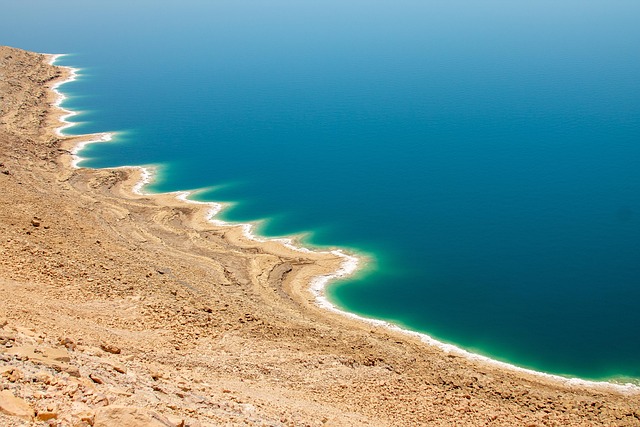
The Mineral Content of Himalayan Pink Salt
Himalayan pink salt has gained quite the reputation in recent years, often touted as a healthier alternative to regular table salt. But what’s behind its pretty pink hue? Let’s dive into the mineral content of this fascinating salt and uncover what makes it unique! 🌸
What is Himalayan Pink Salt?
Himalayan pink salt is harvested from the Khewra Salt Mine in Pakistan, one of the oldest salt mines in the world. This salt is formed from ancient sea beds that evaporated millions of years ago, leaving behind mineral-rich deposits. It’s important to note that while it’s often referred to as “Himalayan sea salt,” there’s no actual sea in the Himalayas! Instead, it’s a natural rock salt known as halite.
Mineral Composition
One of the most intriguing aspects of Himalayan pink salt is its mineral content. While it’s primarily composed of sodium chloride (like regular table salt), it also contains trace amounts of various minerals that contribute to its color and flavor. Here’s a closer look:
- Sodium Chloride: The main component, making up about 97% of the salt.
- Trace Minerals: Around 3% of Himalayan pink salt consists of trace minerals, including magnesium, potassium, calcium, and iron. These minerals are what give the salt its characteristic pink color.
- Iron: Responsible for the reddish hue, iron is essential for blood health and oxygen transport in the body.
- Calcium: Important for bone health, calcium supports various bodily functions.
- Magnesium: This mineral plays a vital role in muscle function and energy production.
- Potassium: Essential for maintaining fluid balance and proper nerve function.
While these minerals are present in trace amounts, they can still contribute to a well-rounded diet. However, it’s worth noting that the mineral content of Himalayan pink salt is similar to that of natural sea salt. So, while it may be a colorful option, it doesn’t necessarily pack a significantly greater nutritional punch.
Health Benefits
Many people believe that Himalayan pink salt offers various health benefits beyond just seasoning food. Some of the claimed benefits include:
- Electrolyte Balance: The minerals in Himalayan pink salt can help maintain electrolyte balance, especially after exercise.
- Hydration: Some suggest that it can aid in hydration due to its mineral content.
- Respiratory Health: Salt therapy, or halotherapy, is a practice where people inhale salt-infused air, believed to help with respiratory issues.
- Detoxification: Proponents argue that Himalayan pink salt can help draw out toxins from the body.
While these benefits sound appealing, it’s essential to approach them with a healthy dose of skepticism. Many claims lack robust scientific backing, and more research is needed to substantiate these assertions.
How to Use Himalayan Pink Salt
Incorporating Himalayan pink salt into your diet is easy and can add a delightful twist to your meals. Here are some popular ways to use it:
- Cooking: Use it as a seasoning for meats, vegetables, or even in baking.
- Salt Blocks: Grill or serve food on Himalayan salt blocks for a unique flavor.
- Finishing Salt: Sprinkle it over dishes just before serving for an extra crunch and burst of flavor.
- Baths: Add it to bathwater for a relaxing soak, as some believe it can help soothe sore muscles.
Experimenting with Himalayan pink salt can be a fun culinary adventure! 🍽️
Conclusion
Himalayan pink salt is more than just a trendy seasoning; it’s a mineral-rich option that can enhance your meals and potentially offer some health benefits. While it’s essential to enjoy it in moderation, there’s no harm in adding a sprinkle of this beautiful salt to your dishes. Happy cooking!


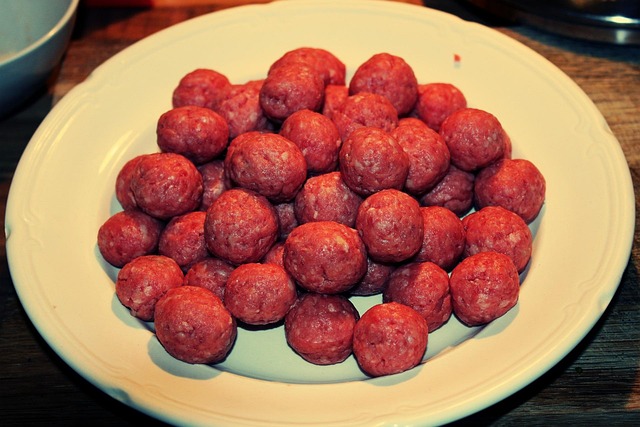







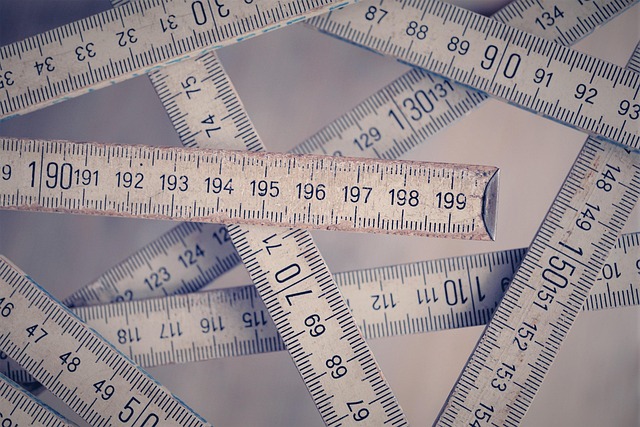

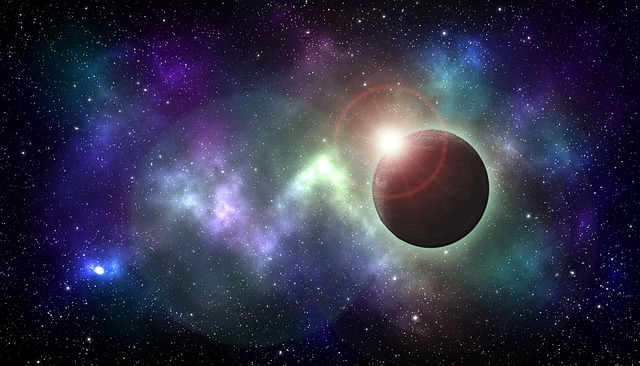



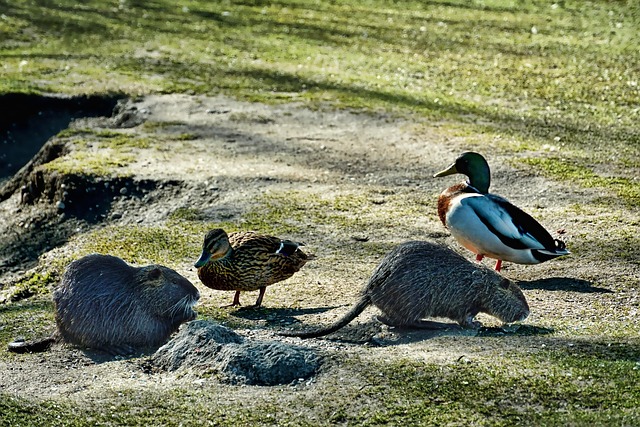
 Neighbours Spoilers
Neighbours Spoilers 
 Health
Health  Fitness
Fitness  Lifestyle
Lifestyle  Tech
Tech  Travel
Travel  Food
Food  Education
Education  Parenting
Parenting  Career & Work
Career & Work  Hobbies
Hobbies  Wellness
Wellness  Beauty
Beauty  Cars
Cars  Art
Art  Science
Science  Culture
Culture  Books
Books  Music
Music  Movies
Movies  Gaming
Gaming  Sports
Sports  Nature
Nature  Home & Garden
Home & Garden  Business & Finance
Business & Finance  Relationships
Relationships  Pets
Pets  Shopping
Shopping  Mindset & Inspiration
Mindset & Inspiration  Environment
Environment  Gadgets
Gadgets  Politics
Politics 